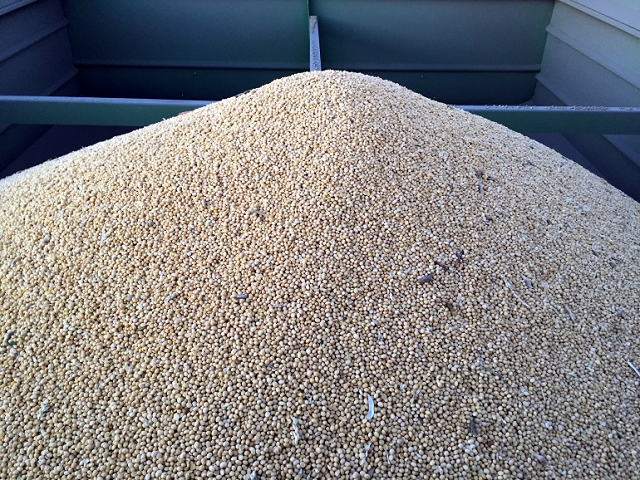There’s cautious optimism in the crop sector as prairie farmers continue to work on the harvest, global trade tensions and shifting market dynamics continue to impact commodity prices and demand.
Bruce Burnett, Director of Markets and Weather with Glacier Farm Media, says the canola market remains under pressure, largely due to ongoing trade issues with China.
“Global vegetable oil demand is increasing, which should be positive for prices,” Burnett explains. “But because of the particular trade flows we’re dealing with, it’s going to take time for demand to return to the canola market.”
Canola futures have dropped between $75 and $100 per tonne since tariffs were introduced, with cash prices now sitting near harvest lows. Burnett says there may be slight improvements in basis levels once new export channels begin to open.
Turning to pulses, Burnett notes that while pea exports have been ‘reasonably strong,’ tariffs from China and India continue to interfere with pricing.
“It’s hard to replace those bigger markets,” he says. “And soybean meal remains very competitively priced, which keeps a lid on vegetable protein markets.”
Crop quality is also a concern for lentils and chickpeas, with wide variability expected across regions. Burnett advises producers to pay close attention to grading, as it will significantly affect returns.
He points out that the markets are not oversupplied in those commodities.
“So if you have higher quality product, I’d look for prices to start to increase as customers come to the market.”
Soybeans are facing similar challenges as canola with China holding off on U.S. soybean imports. Burnett expects prices to drop further as harvest pressure builds.
“U.S. farmers are certainly feeling the pinch,” he says. “And there’s not a lot of support from soybeans for the oilseed markets in the coming weeks.”
Despite the market uncertainty, Burnett says the growing season has been largely positive, with yields turning out better than expected in many areas.
In the end, he says, marketing is going to be a challenge this year, just because of the various factors we’re seeing in each of the commodities right now.

